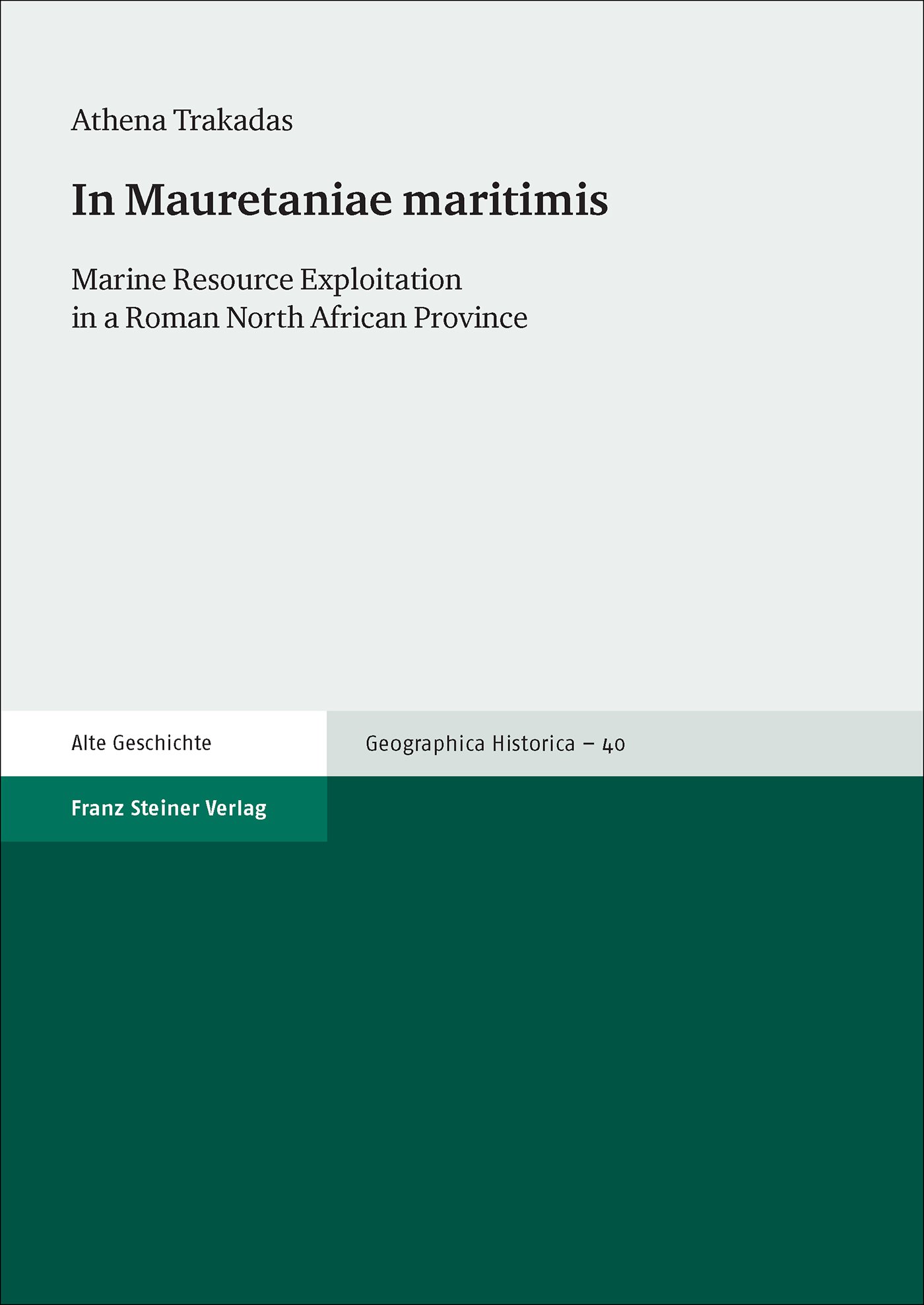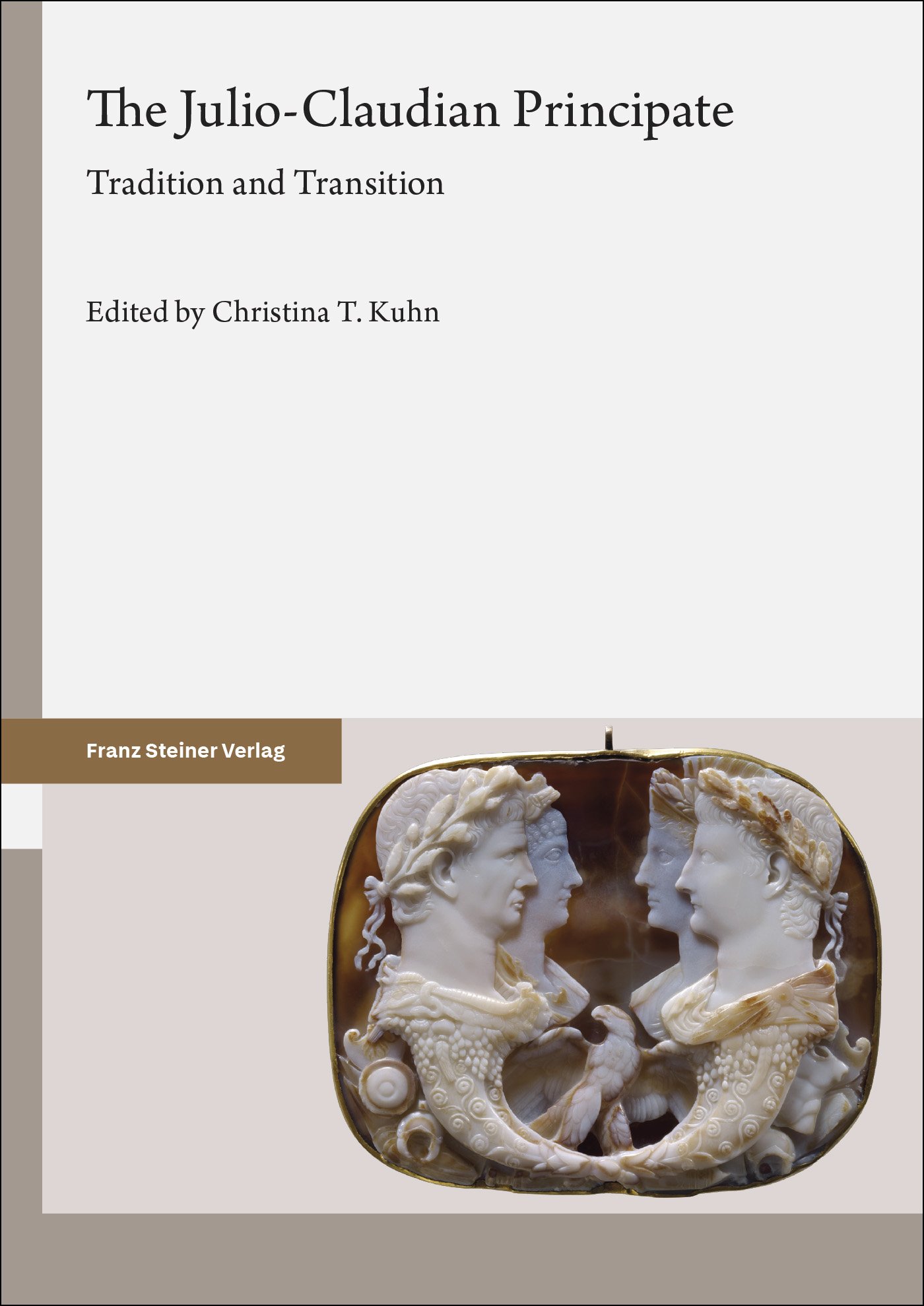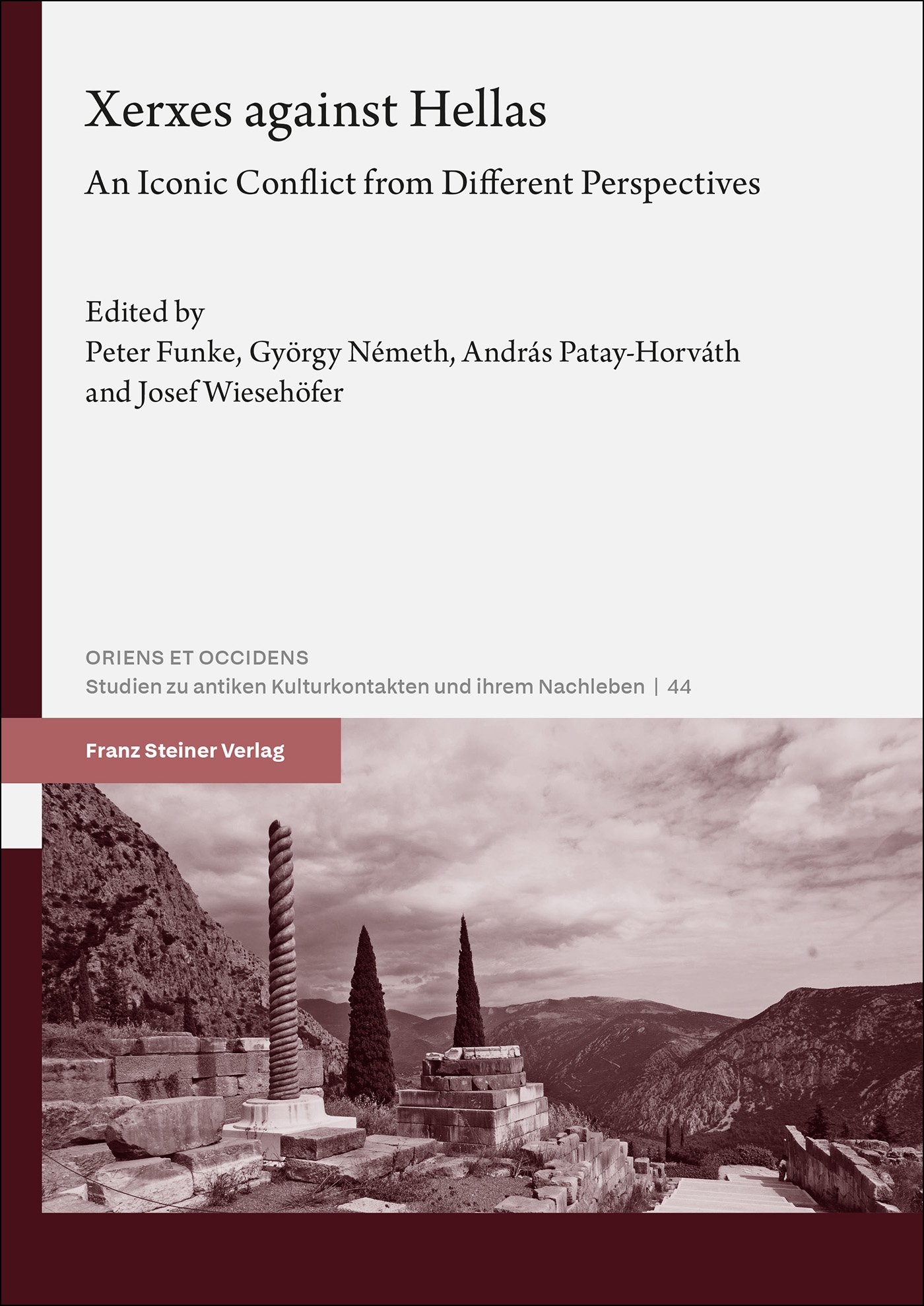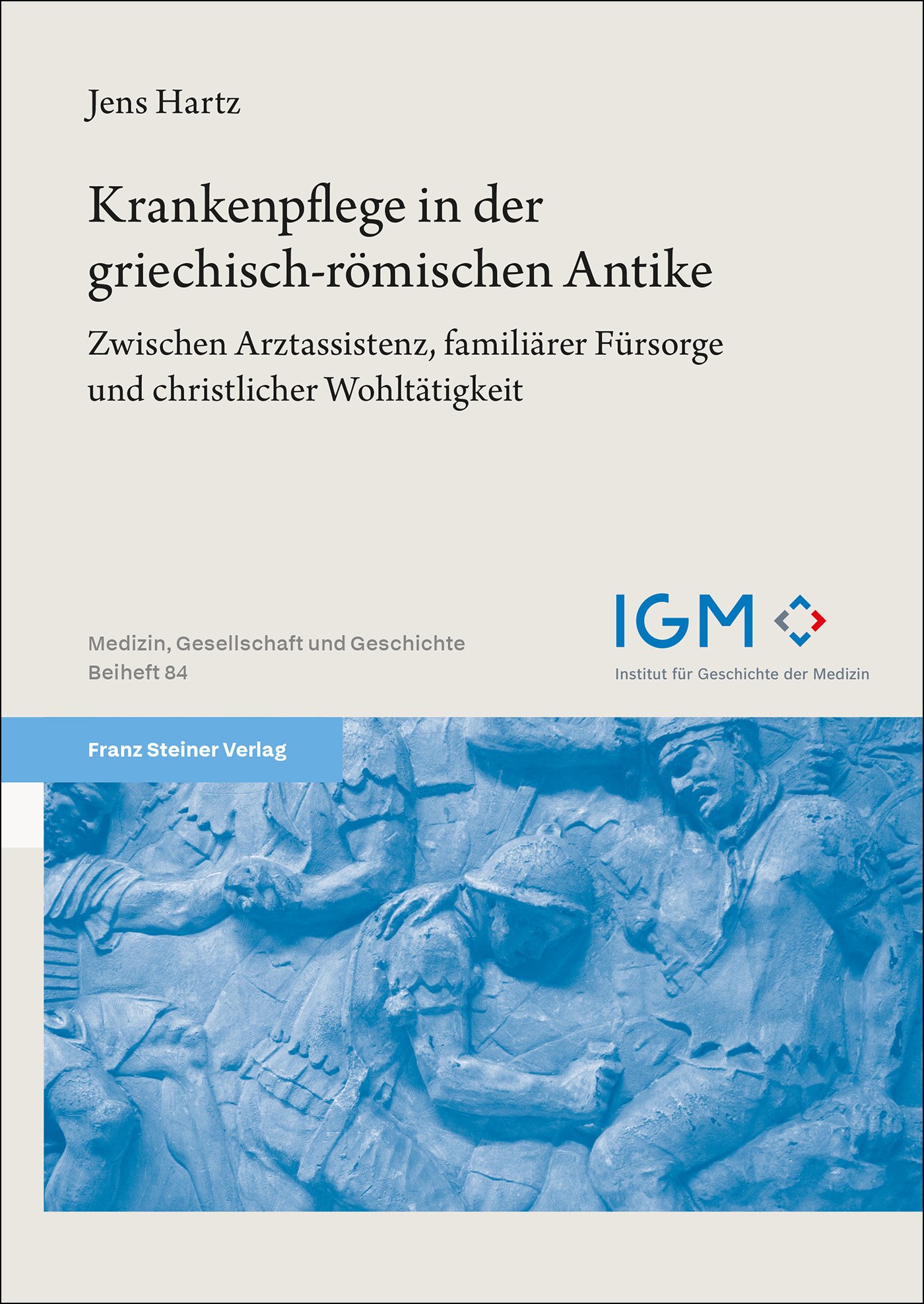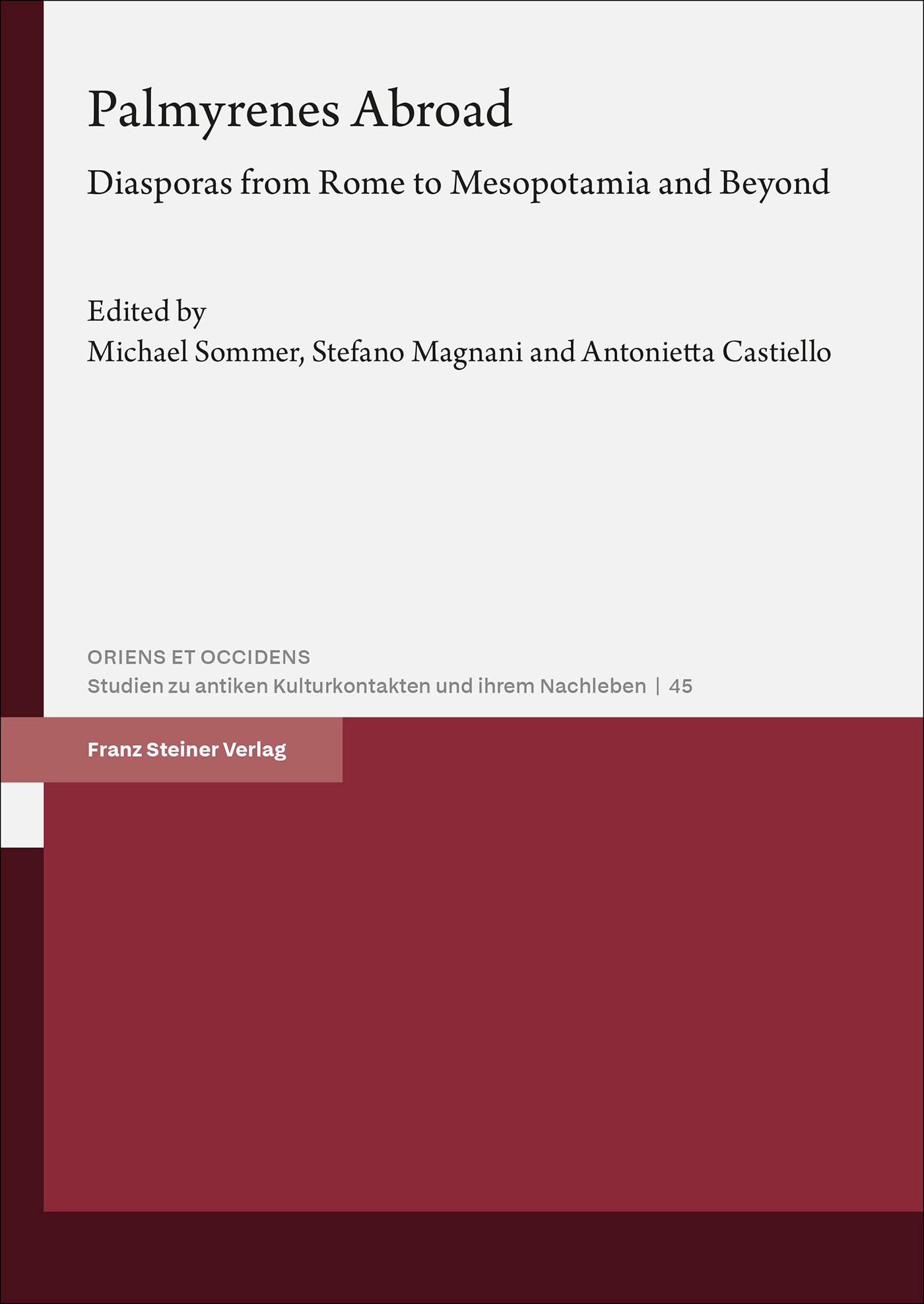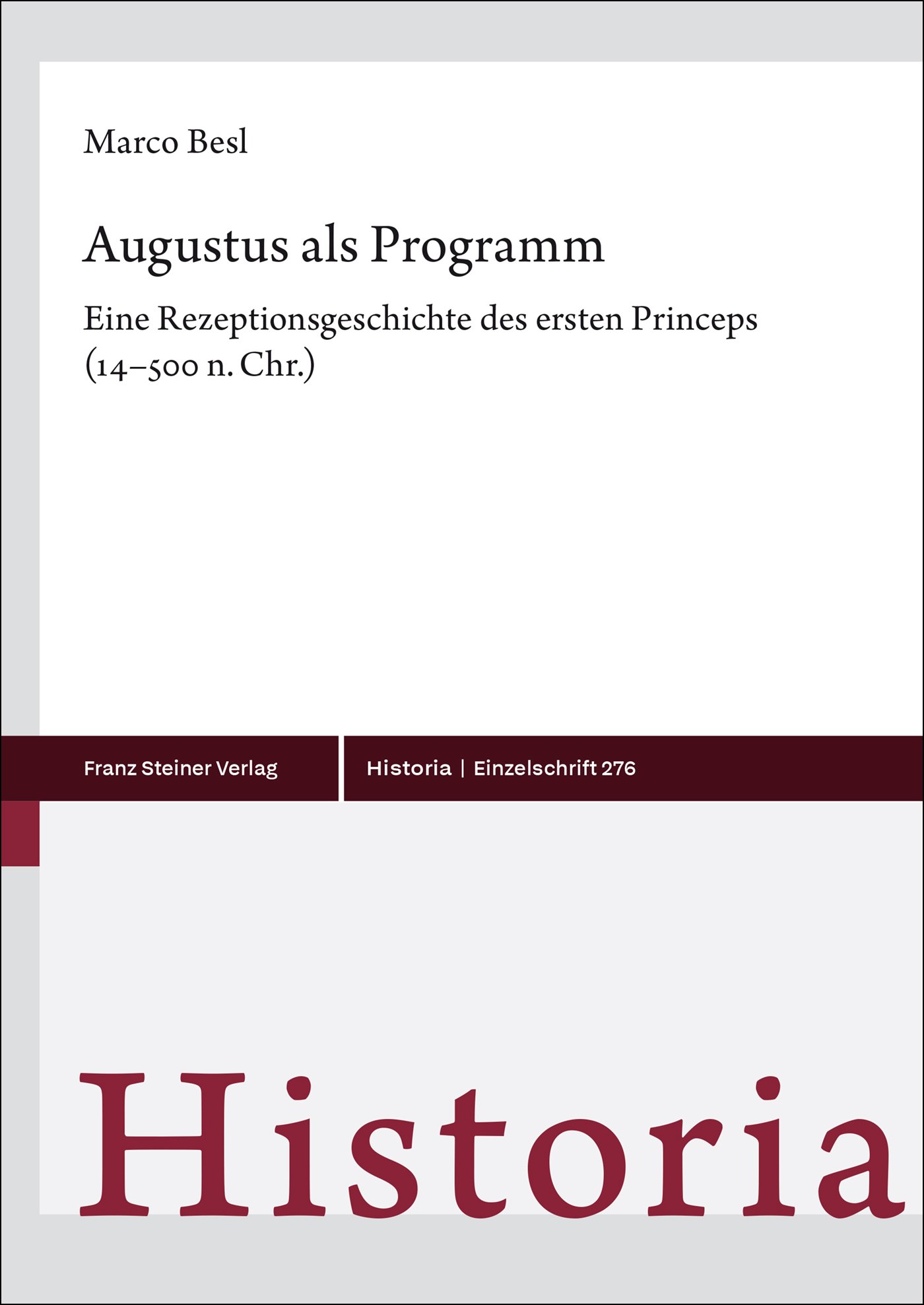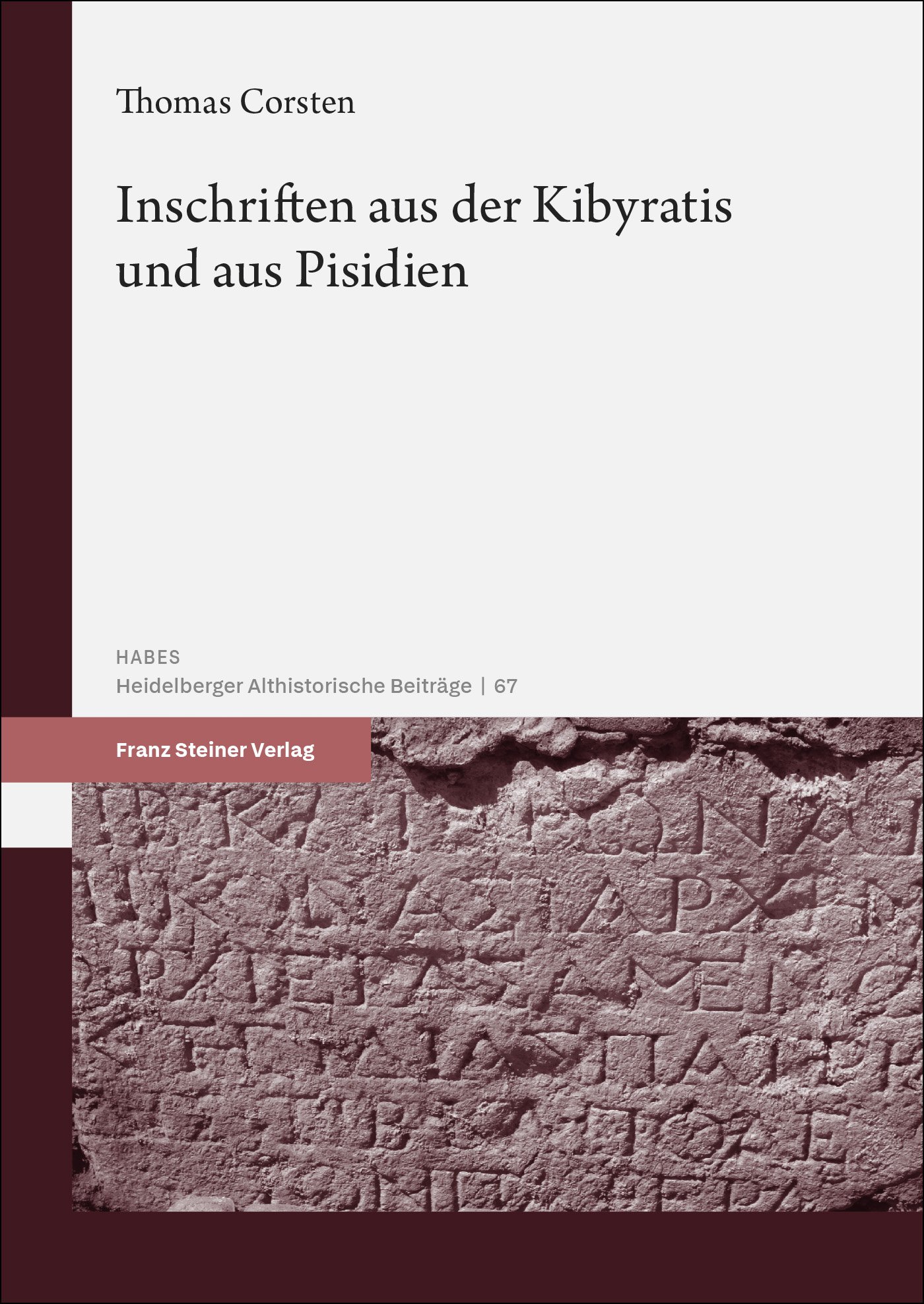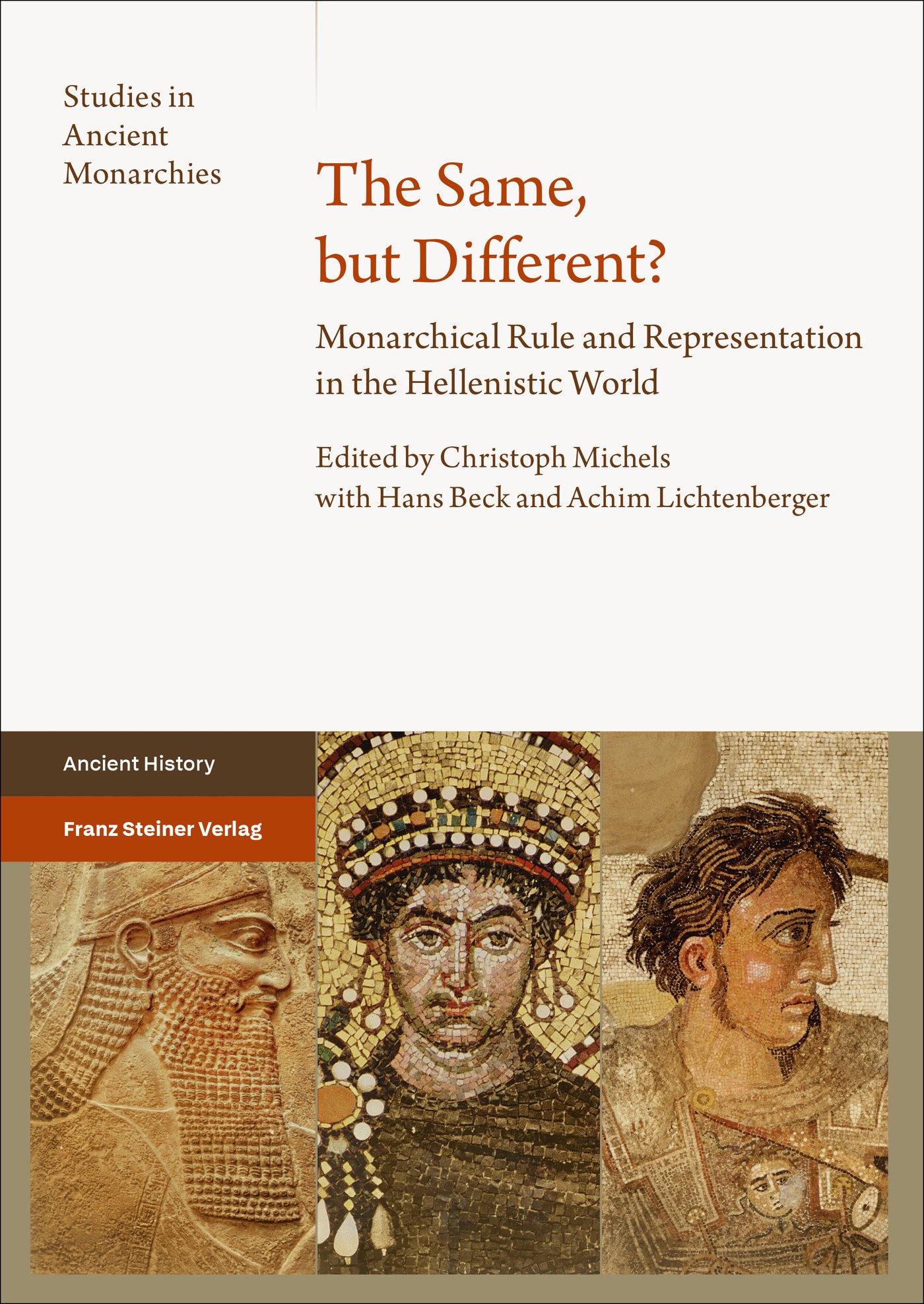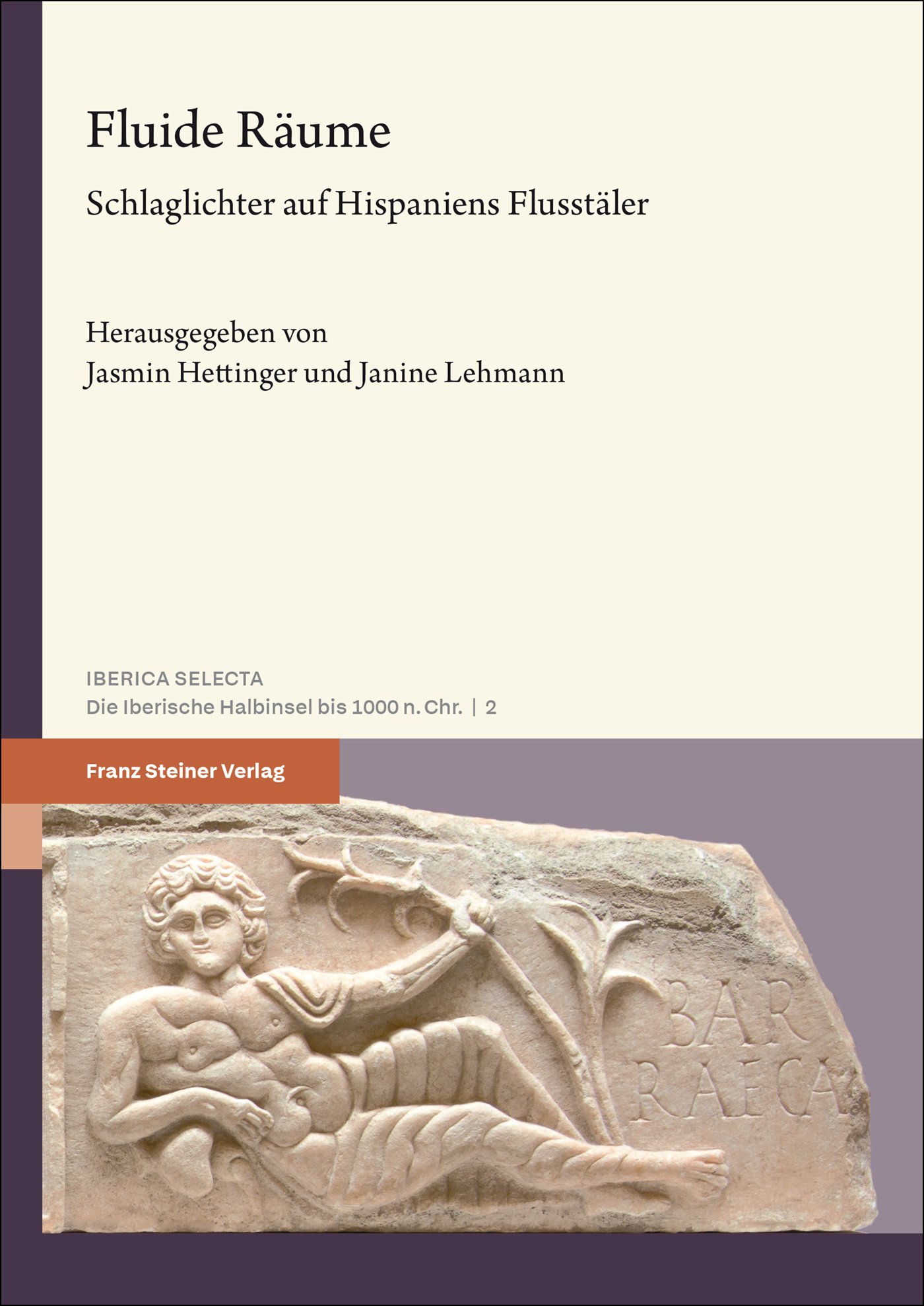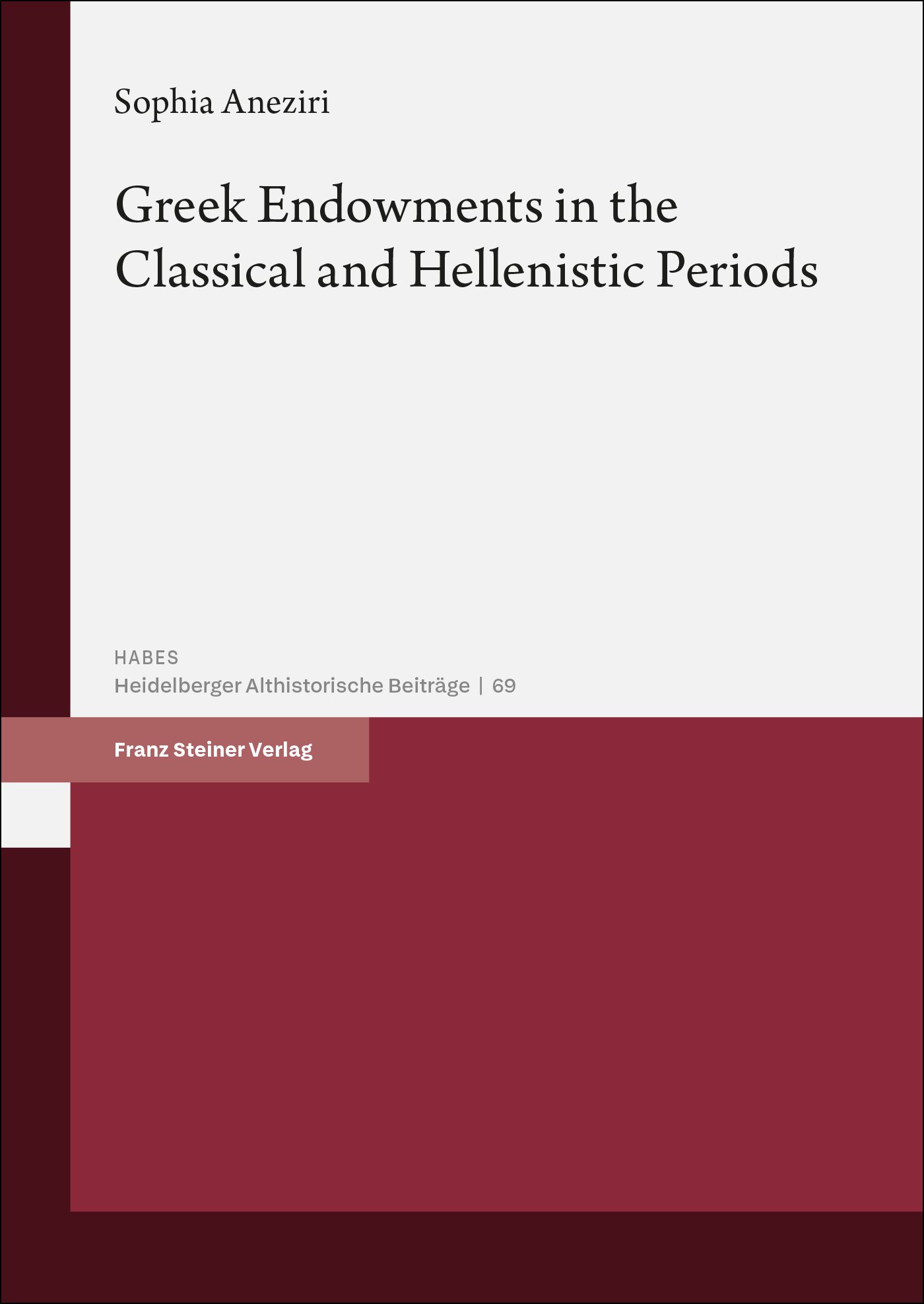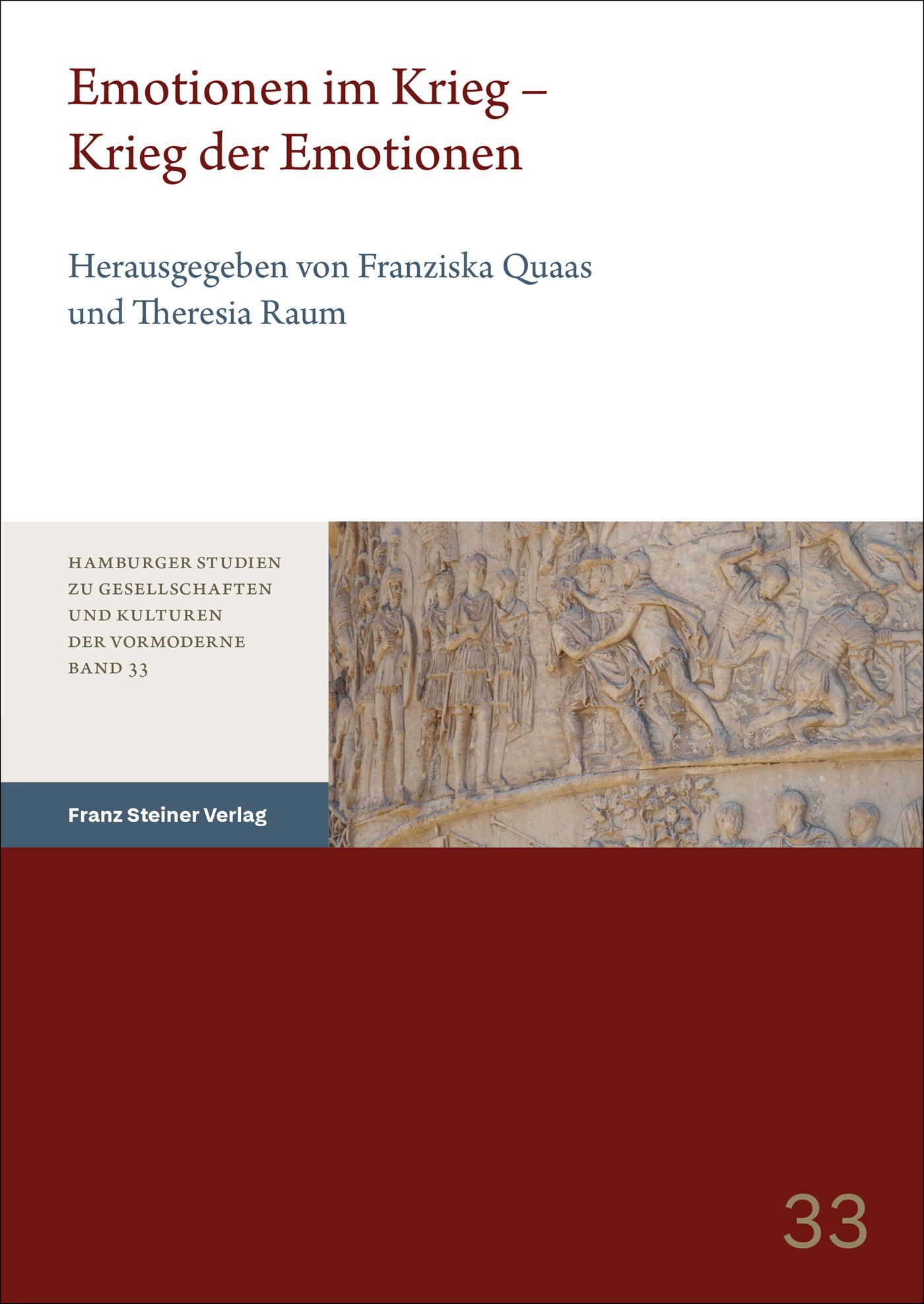In Mauretaniae maritimis
This study assesses the environmental, social and economic consequences of the Roman incorporation of the North African province of Mauretania Tingitana through the lens of marine resource exploitation. A new methodology is applied to analyse archaeological and descriptive data from the mid-1st to late 3rd centuries AD related to fishing, the consumption of fresh fish and shellfish, and the processing of salted foodstuffs, sauces and purple dyes. These data are contextualised within the specific marine environments of the province through a regional assessment and three case studies. Such a methodology allows for the evaluation of species caught, and the reconstruction of fishing methods and areas of fishing effort. Using the seascape and a variety of material culture as a foundation, this study illustrates synthetically the ways in which a key natural resource of North Africa was exploited in antiquity. This analysis clarifies previous misconceptions regarding the marine environment and its exploitation that tend to focus only on the fish-salting industry; it incorporates an abundance of new data within an environmental framework in order to answer more accurately interpretations of past resource use and its role in the Roman economy.
"[A] thorough and richly documented study."
Dennis Kehoe, Gnomon 93, 2021/5
| Series | Geographica Historica |
|---|---|
| Volume | 40 |
| ISBN | 978-3-515-10417-3 |
| Media type | Book - Paperback |
| Edition number | 1. |
| Copyright year | 2018 |
| Publisher | Franz Steiner Verlag |
| Length | 667 pages |
| Illustrations | 99 b/w figs., 62 b/w tables |
| Size | 17.0 x 24.0 cm |
| Language | English |
